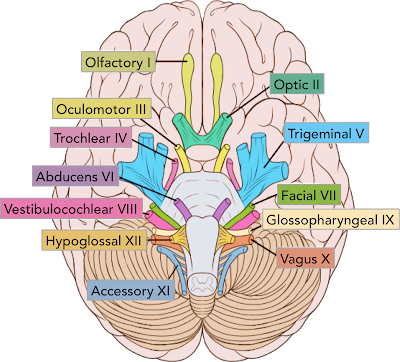How Can A.I. Improve People's Lives?

RCSU Science Challenge 2019 Submission Artificial intelligence (A.I) is [1] the simulation of human intelligence processes by machines leading to the machine being able to learn, reason and apply their knowledge. 2018 was truly a watershed year for A.I, where we saw a myriad of new technologies and ideas unveiled ranging from [2] brain-like computing chips containing artificial neurons which allow the chips to learn information for the evaluation of patterns in large data sets to extensive facial recognition systems which are actively being used to success in [3] crime detection and forensics by the FBI. Not to mention the growth in the number of start-up companies ([4] in the US there has been an increase in 23% from 2017 to 2018) alone where investors are pouring [5] billions to transform entire industries with A.I. for example UiPath, which is developing robotic automation to optimize business processes. [6]Worldwide spending on A.I. systems is set to reach $35.8 billion...
